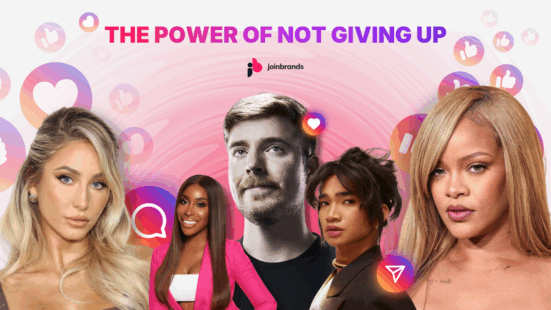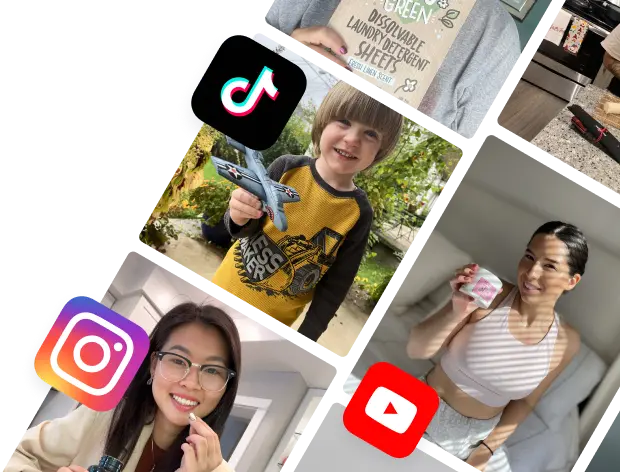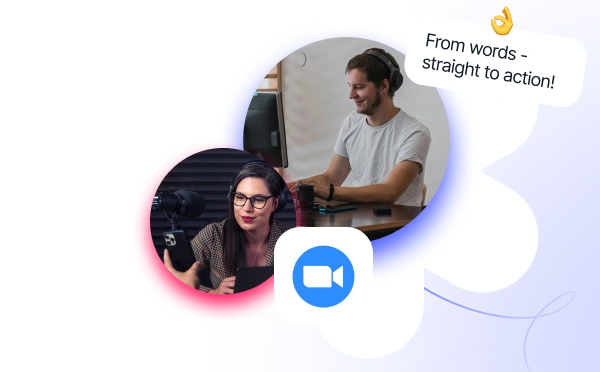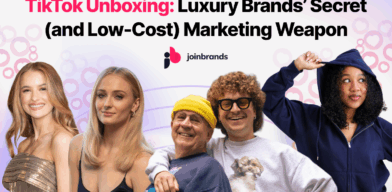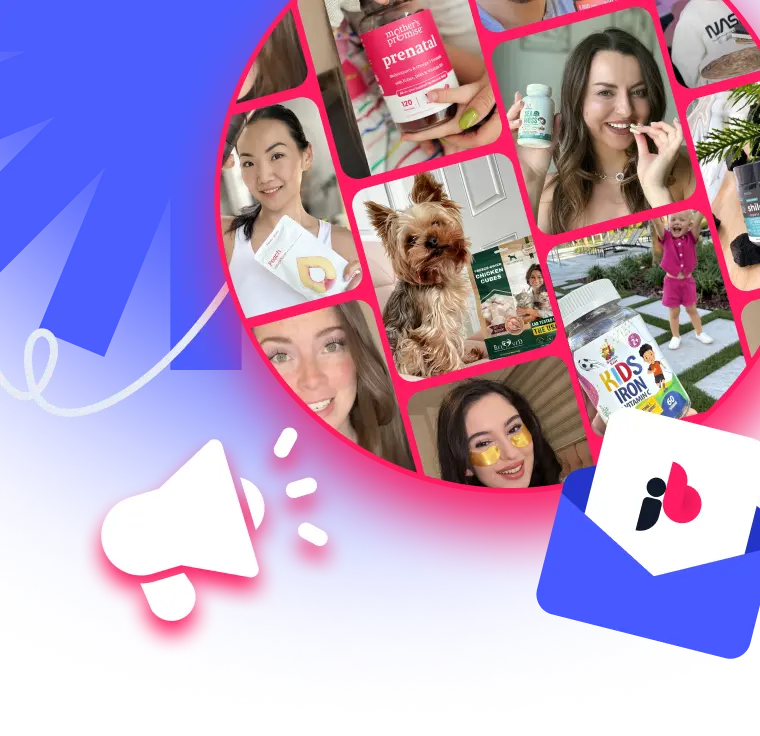 2025 Influencer Marketing Mergers and Acquisitions: How to Thrive in an Evolving Landscape
2025 Influencer Marketing Mergers and Acquisitions: How to Thrive in an Evolving Landscape
In today’s world, millions of people are chasing their dreams of making it big on social media – whether that’s in beauty, tech, fashion, fitness, or beyond. But if there’s one thing they all share, it’s this: rejection is the norm. Doors slam shut. Investors say no. Algorithms bury posts. Manufacturers dismiss ideas. The message is loud and clear: “This won’t work.”
Yet, for every creator who goes viral, and every brand that reaches billion-dollar success, there’s a shared story behind the scenes — a story of persistence, resilience, and refusing to quit. These founders and creators started as nobodies. They faced countless “no’s,” but they used each one as a stepping stone to something greater.
This blog is a celebration of those who kept going when the world doubted them. And it’s a reminder that with the right support and mindset, anyone can build something lasting – just like they did.
Table of Contents
Creators Who Refused to Quit
MrBeast (Jimmy Donaldson)
Started uploading gaming videos at 13. For years, no one watched. He dropped out of college against his mom’s wishes, reinvested every dollar he earned, and studied the YouTube algorithm like it was a science textbook. In 2017 he dropped a viral “counting to 100,000” video that took him 40 hours to film, followed by outrageous endurance and giveaway videos. Those experiments paid off: each viral video brought tens of millions of views, funding even bigger projects. Today MrBeast is the most-subscribed individual on YouTube (over 407 million subscribers) and has launched businesses (like MrBeast Burger, Feastables) and record-setting giveaways. His journey from a teen with few views to a global entertainment mogul illustrates relentless creativity and grinding through years of small successes until hitting it truly big.
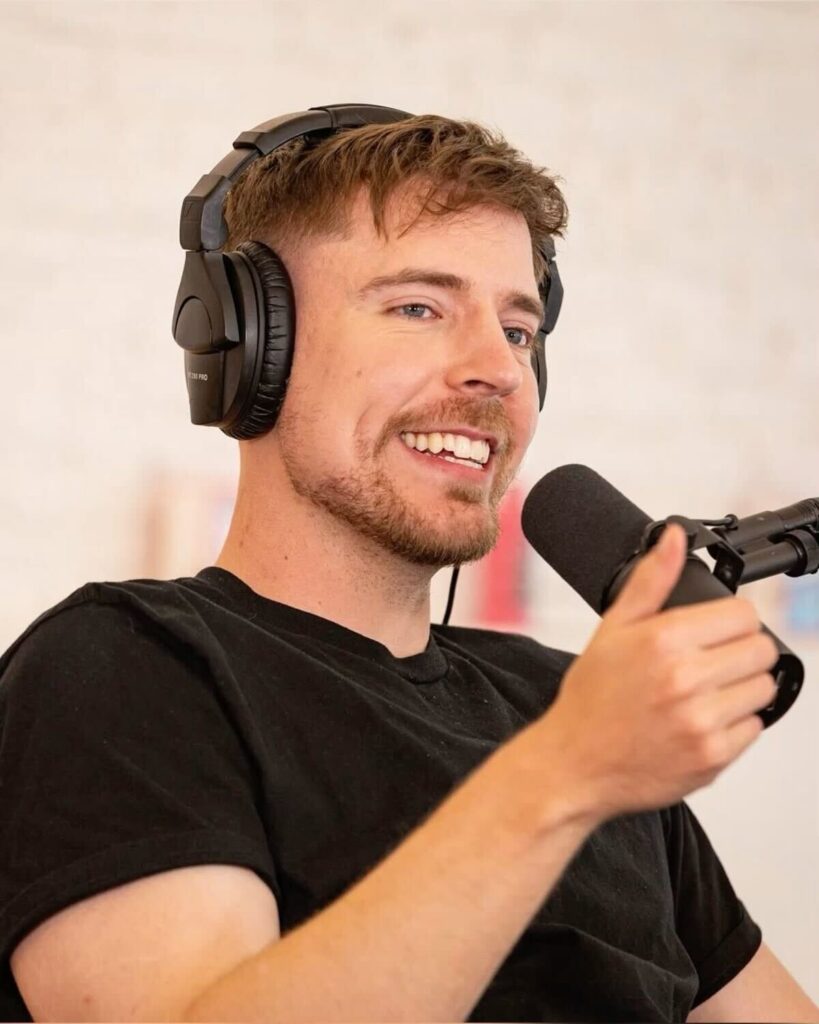
Lesson: Obsessive effort beats early results.
Emma Chamberlain
Started vlogging as a way to cope with depression. Had just 30 subscribers for months. She leaned into awkward editing, silence, self-deprecating humor – what others edited out, she kept in. Eventually, that authenticity went viral. She’s now a fashion icon, podcast host, and CEO of Chamberlain Coffee.

Lesson: Real over polished. Authenticity wins.
Huda Kattan:
Huda grew up feeling like an outsider because of her darker skin tone; she recalls being told she was “too brown” and not good enough. Despite this colorism and sexism, she pursued beauty, initially as a blogger and makeup artist. In 2011 she launched Huda Beauty’s first products (a $650,000 seed from her own savings) and later expanded to makeup lines with 30+ shades – consciously filling the gap she had felt growing up. Today Huda Beauty is a global multimillion-dollar cosmetics empire.
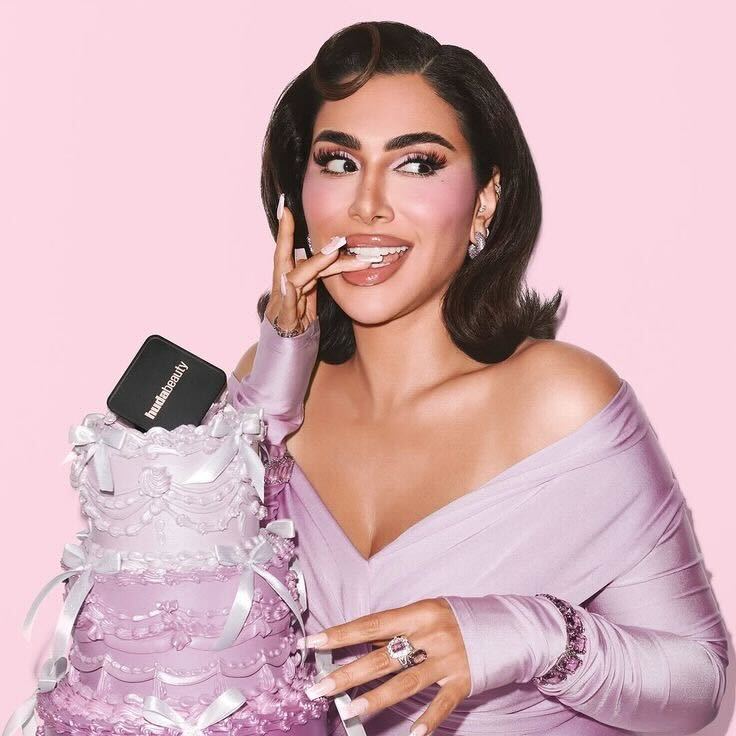
Lesson: Fill the gap you once fell into.
Charli D’Amelio
Filmed TikTok dances in her bedroom. Initially dismissed as just another teen lip-syncer, but she was consistent and coachable. After joining Hype House, she grew exponentially. Today: 156M TikTok followers, major sponsorships, her own brands, and Broadway.
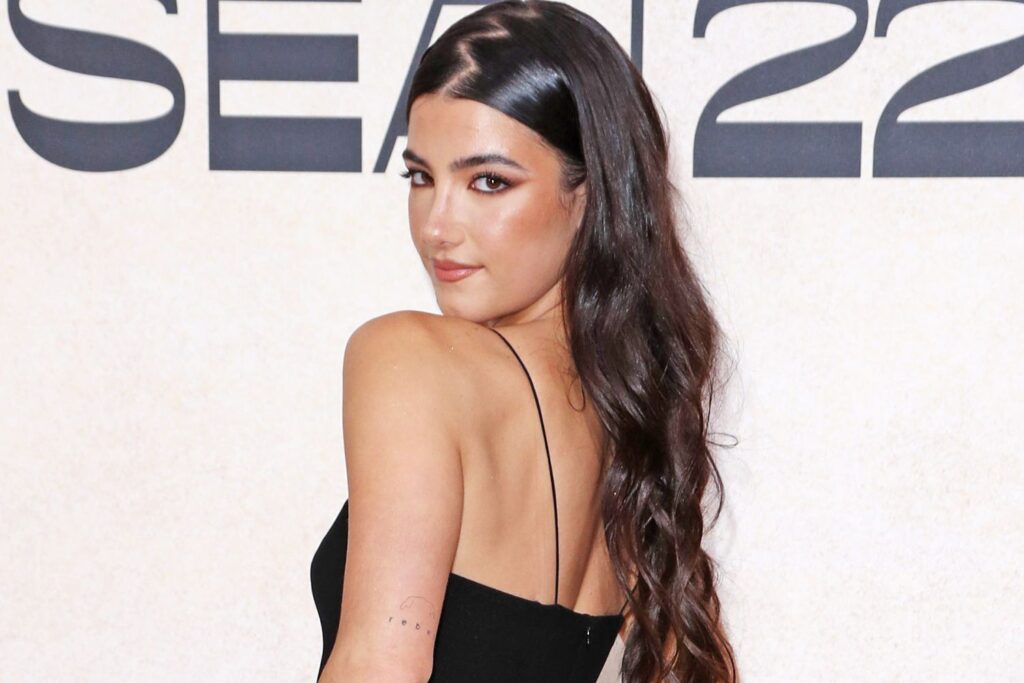
Lesson: Just try. Have fun while doing it.
Jackie Aina
Started her YouTube channel in 2008 when there were few Black women in beauty media. Faced imposter syndrome early on, but her bold voice and push for shade inclusivity helped reshape the industry. Today: 3.4M+ subscribers, major brand collaborations, and a NAACP YouTuber of the Year award.
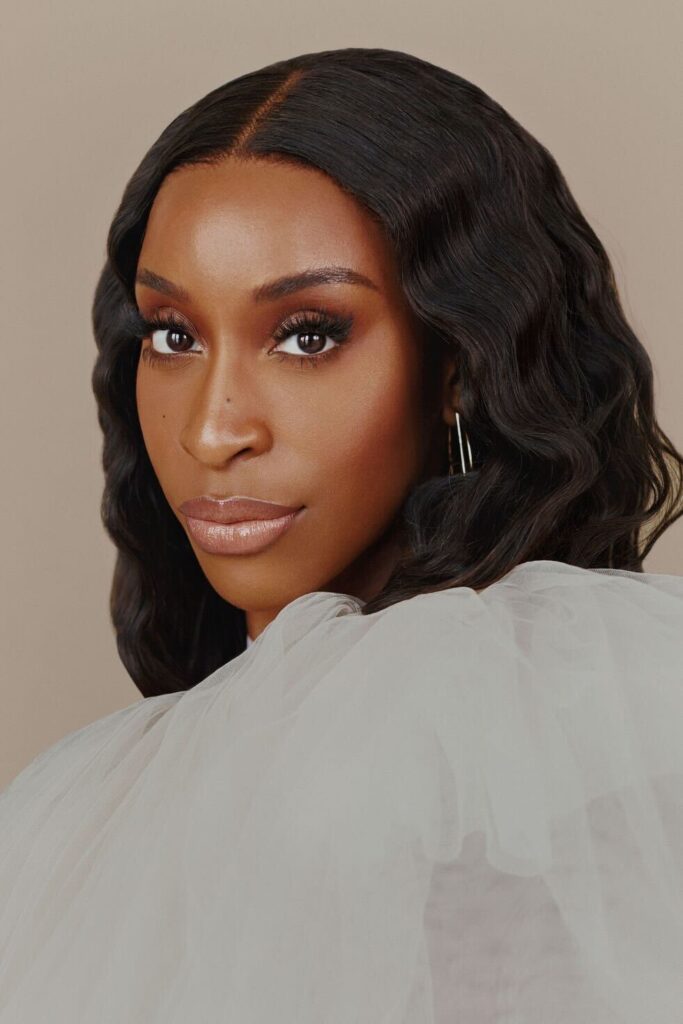
Lesson: Use your voice to reshape the space.
Alix Earle
Posted lifestyle content for two years with little response. One honest video about her acne flipped everything. People resonated with her vulnerability, and she became a Gen Z beauty icon. Now she works with top-tier brands and hosts a hit podcast.
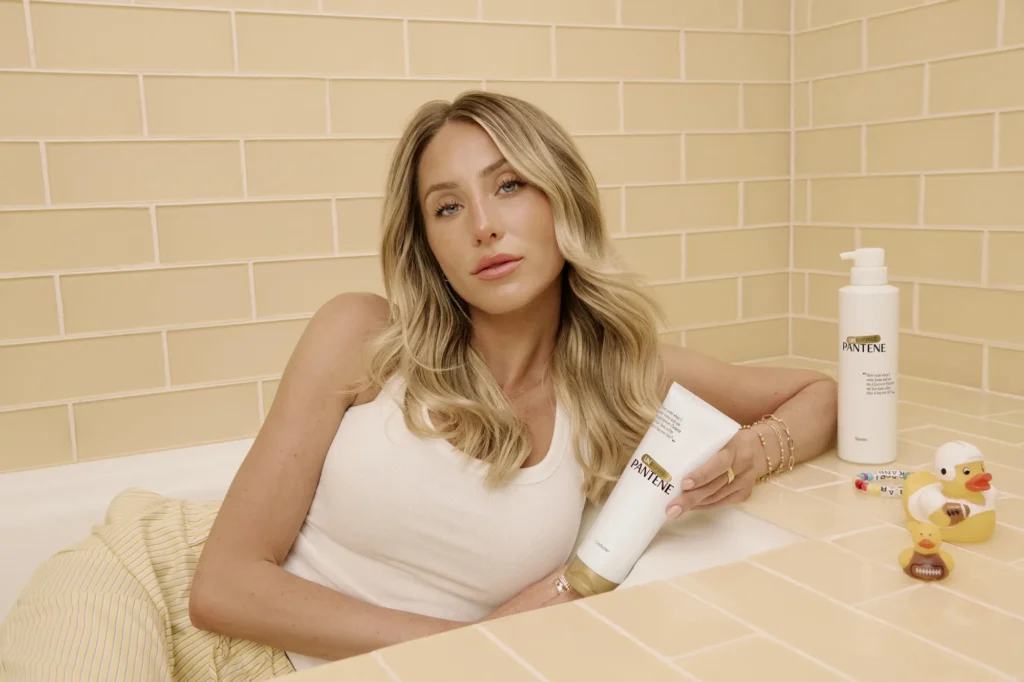
Lesson: People don’t connect to perfection. They connect to truth.
Bretman Rock
A Filipino immigrant raised in Hawai‘i, he was bullied for his accent and gender expression and his family finances were tight. Because of his bold personality he went viral in 2016 with a contour tutorial and was known for his comedic Vines. Since then: 9M YouTube subs, MTV show, the first gay man on Playboy’s cover, and major fashion/beauty collabs.
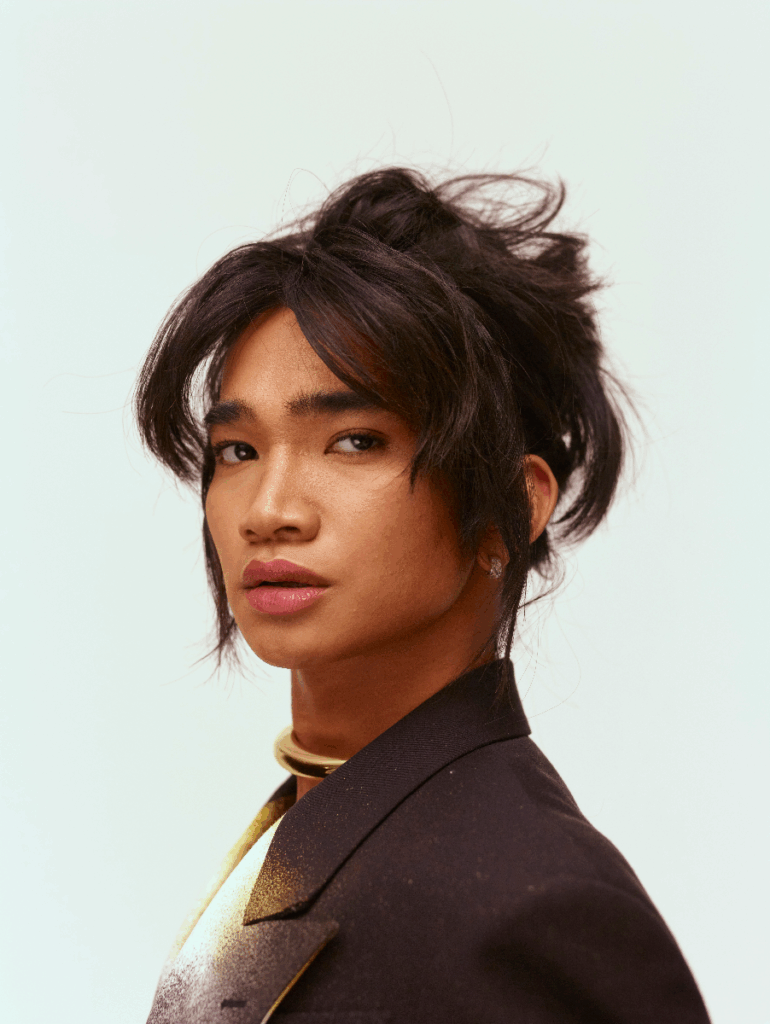
Lesson: Loudly take up space.
FaZe Rug (Brian Awadis)
Dropped out of college to pursue YouTube full-time after uploading Call of Duty trick shots. His parents thought his first AdSense check was a scam. He expanded into vlogs & family-friendly pranks, invested earnings into higher-production content and became FaZe Clan co-owner. Now he has 27.5M subs, co-owns FaZe Clan, has his own energy drink line, and features in mainstream film.
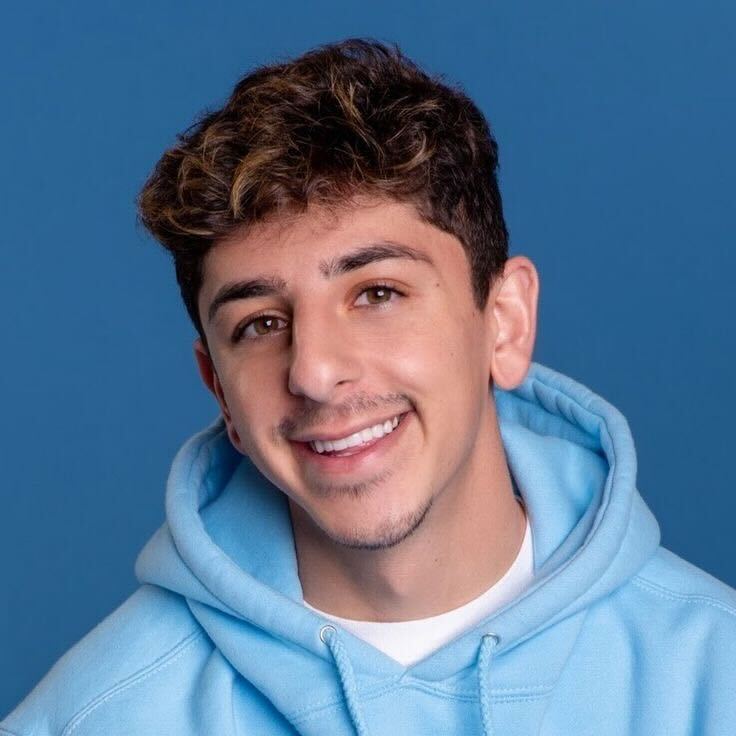
Lesson: Never wait for someone else to give you permission for success.
Brands That Turned a “No” Into a “Yes”
Beauty Bakerie
Cashmere Nicole launched Beauty Bakerie in 2011 while a single mom living on food stamps, facing teen parenthood and later a breast cancer diagnosis. Despite these hardships, she persisted – working nights as a nurse while developing her makeup line and even raising awareness (and funds). She continued reinvesting every dollar into her brand (even using her tax refund to build a better website) and tested creative marketing. Her persistence paid off: after early struggles, Beyoncé featured Beauty Bakerie on her site in 2014, and by 2018 the once-struggling startup had grown into a multi-million-dollar business stocked in Ulta.
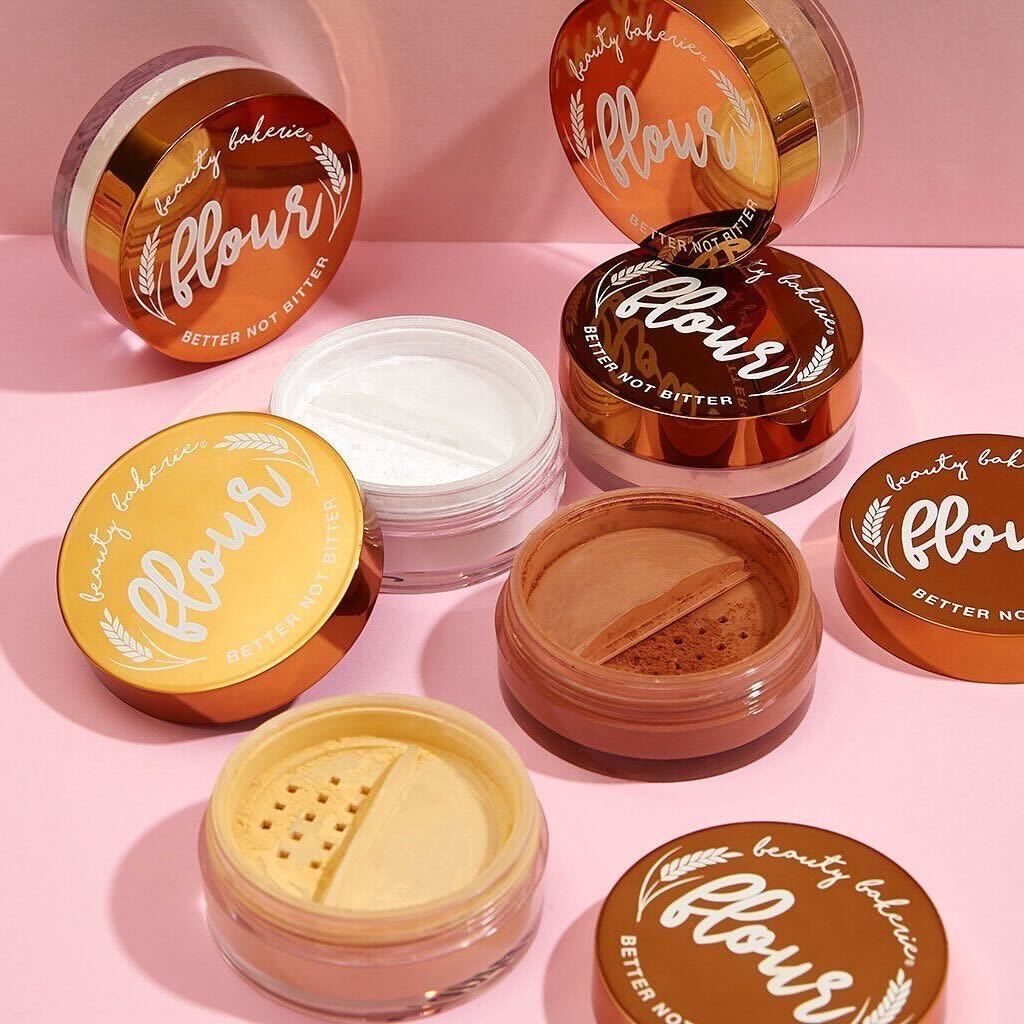
Lesson: Build through the hard seasons.
Tatcha
Vicky Tsai founded Japanese-inspired skincare brand Tatcha in 2009. Early on she hit a wall: U.S. retailers and investors told her “Asian beauty is not aspirational…too niche”. With no easy funding, Tsai sold her engagement ring and car and moved into her parents’ home to bankroll the first Tatcha products. She leveraged her savings to develop blotting papers and serums rooted in Kyoto beauty rituals. Despite skepticism, she steadily built a following by emphasizing authenticity. Tatcha broke into the Inc. 5000 list (No. 21 in 2015) and in 2019 was acquired by Unilever for an estimated $500 million – a remarkable rise from its startup origins.
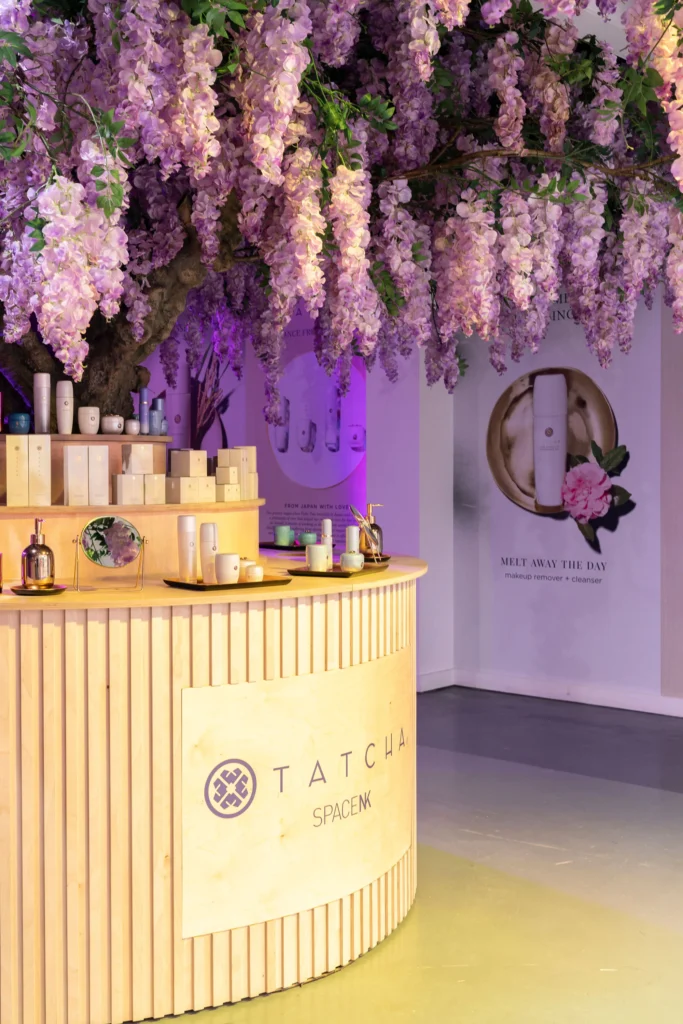
Lesson: Niche is a superpower.
Glossier (Emily Weiss)
Emily Weiss turned her blog Into The Gloss into a brand in 2014, facing skeptical VCs. She crowdsourced product names and packaging, engaging followers to fund early launches. A $2 M seed round later validated her vision. Today, Glossier is valued over $1 billion – built by community, not by concession.
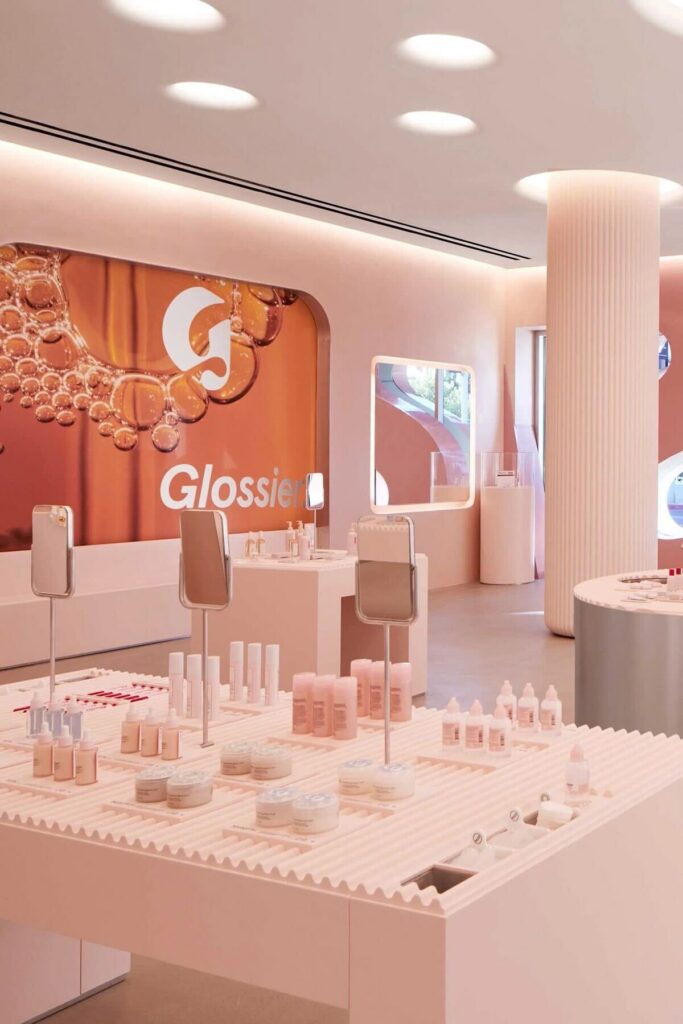
Lesson: Your audience is your greatest investor.
Gymshark (Ben Francis)
Founder Ben Francis started Gymshark as a 19-year-old student in his parents’ garage. He had no funding or manufacturing contacts, and many suppliers rejected an unproven brand. Rather than give up, Francis adapted: his mother taught him to sew, and he began hand-making prototypes of fitted gym wear in the garage. He screen-printed logos, packed and even delivered orders himself. This scrappy, D2C approach (backed by social-media marketing to bodybuilding influencers) paid off. Gymshark grew from zero sales to over $1 billion in annual revenue, becoming a global fitness apparel empire.
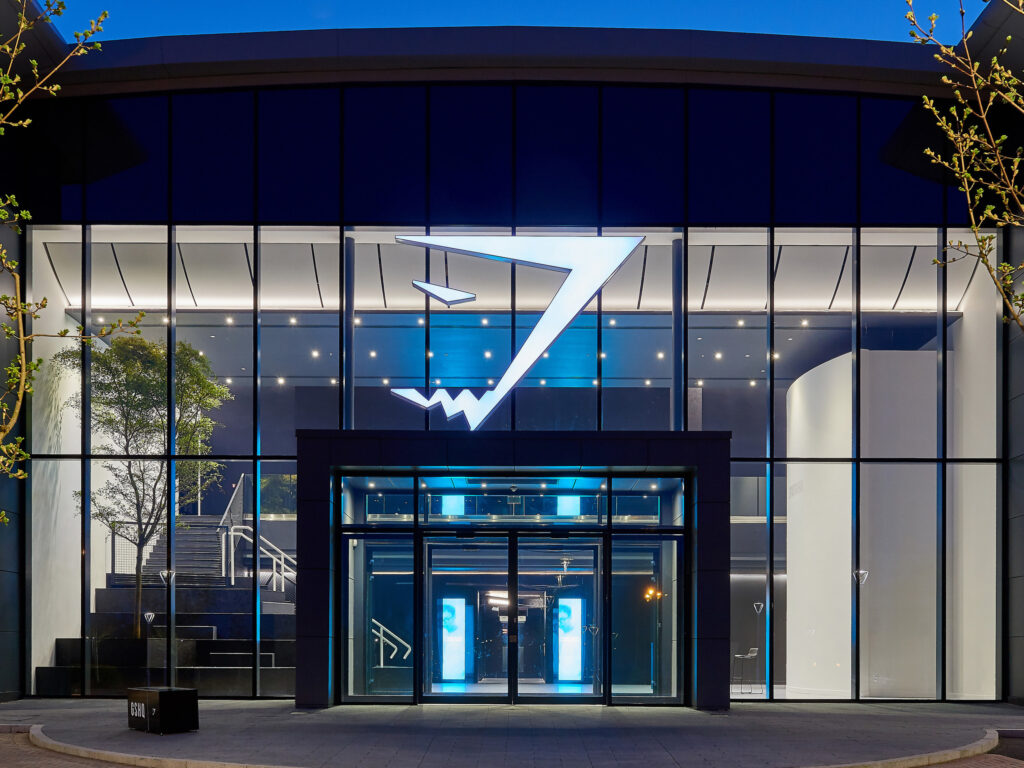
Lesson: No excuses.
Spanx
Sara Blakely spent years selling fax machines door-to-door, racking up countless rejections (business cards torn up, “no” after “no”). When she got fed up, she cut the feet off a pair of pantyhose to create a new kind of shapewear. With her $5,000 life savings she developed prototypes and convinced Neiman Marcus to stock Spanx. A pivotal breakthrough came in 2000 when Oprah Winfrey put Spanx on her “Favorite Things” list – instant validation that drove sales through the roof. Today Spanx is a household name and Blakely became the world’s youngest self-made female billionaire.

Lesson: One ‘yes’ can change everything.
Fenty Beauty
When Rihanna introduced Fenty Beauty, she bet on inclusivity by debuting 40 foundation shades – something critics said no one needed. Instead it changed the industry. Fenty was named one of TIME’s Best Inventions of 2017 and became a billion-dollar brand. Its runaway success forced every major cosmetics company to expand shade ranges, showing that “there’s no demand for diverse shades” was a myth.
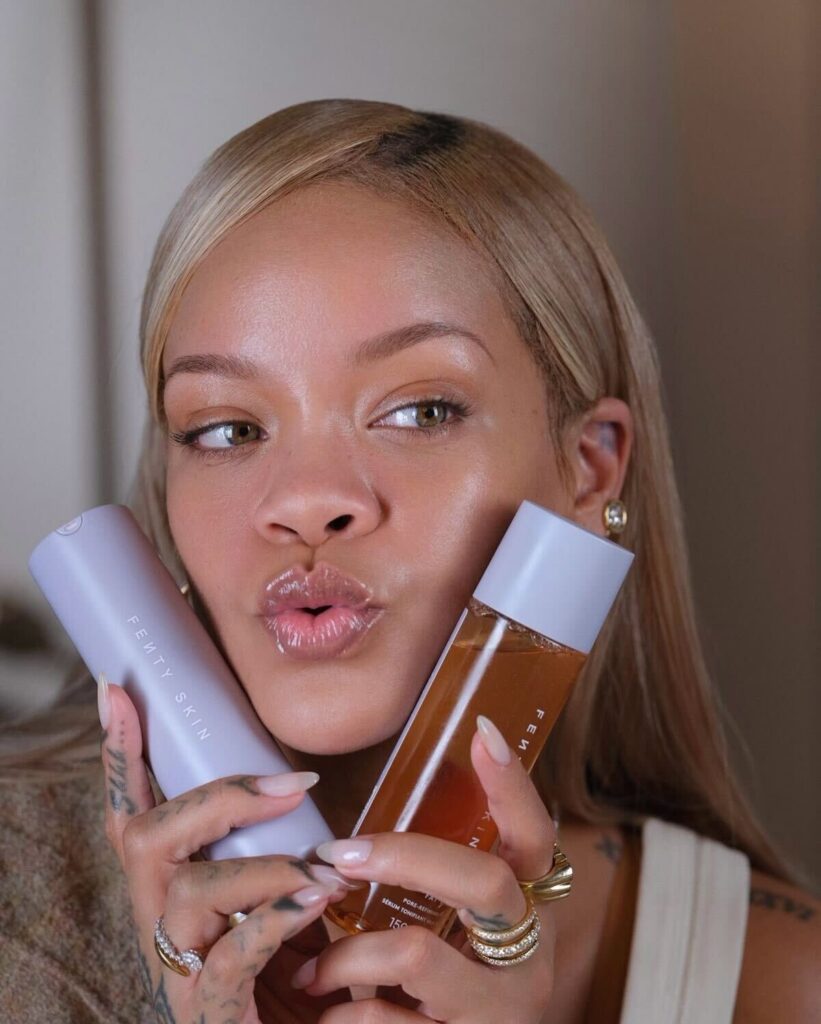
Lesson: Inclusion isn’t optional. It’s revolutionary.
Skims
Kim Kardashian’s shapewear brand was initially derided as just another celebrity venture. She was even warned manufacturers wouldn’t bother making it – but she persisted. Skims launched with a broad spectrum of nine nude-tone shades and inclusive sizing (XXS–5XL). Thanks to Kardashian’s platform and appealing designs, products sold out instantly. In its first year Skims had over 3 million people on its waitlist.
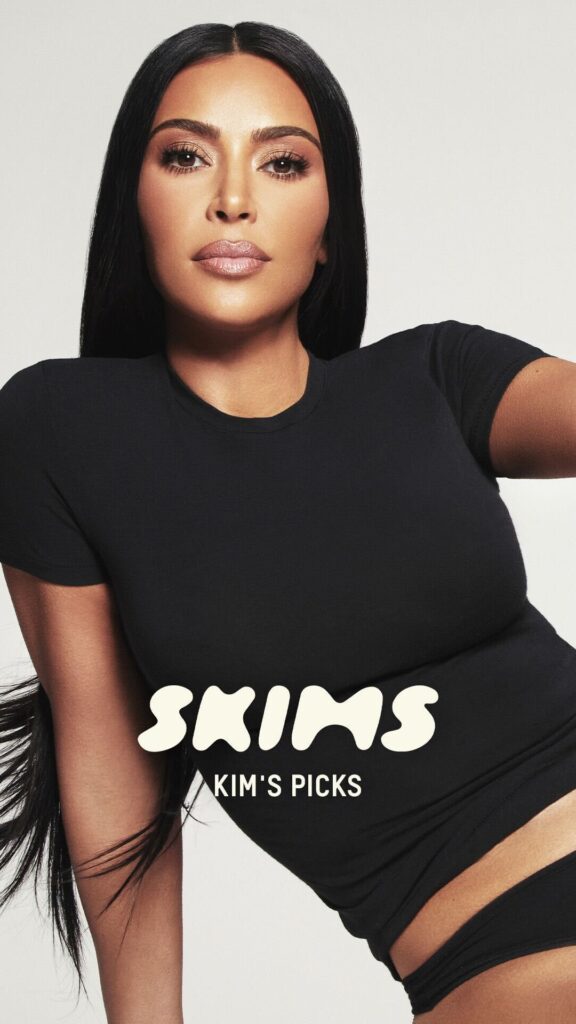
The lesson: smart branding and inclusivity can overcome any naysayers.
The Ordinary
Deciem’s no-frills skincare line stunned the beauty world with plain white bottles and scientific labels – a look some mocked as “boring.” But this minimalism was deliberate. By stripping away hype, The Ordinary sold effective formulas at ultra-low prices. It paid off: by 2020 Deciem’s sales doubled to about $460 million. Estée Lauder later valued The Ordinary’s parent at ~$2.2 billion.
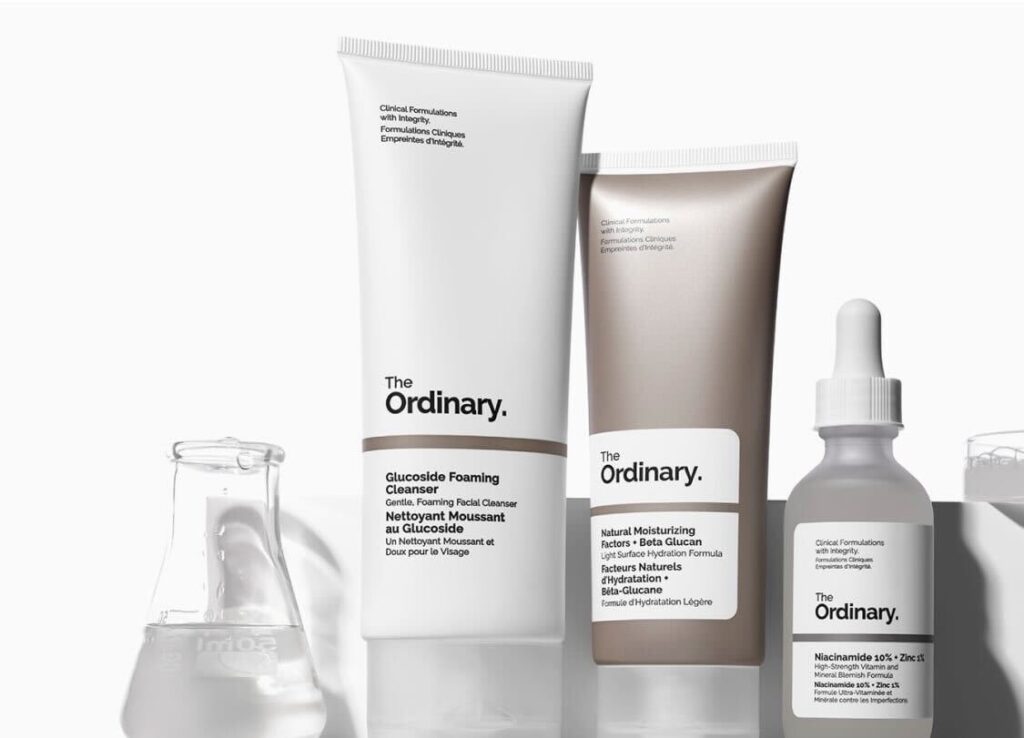
Lesson: What critics called “boring,” “broken,” or “just luck”… was just the beginning.
Dyson
James Dyson famously built 5,126 prototype vacuum cleaners over four years before succeeding. Each time, the major manufacturers he pitched to said no to his bagless-cyclone design. Undeterred, he launched the Dyson DC01 himself in 1993. It revolutionized cleaning and made Dyson a household name. Today, Dyson sells everything from bladeless fans to hairdryers.
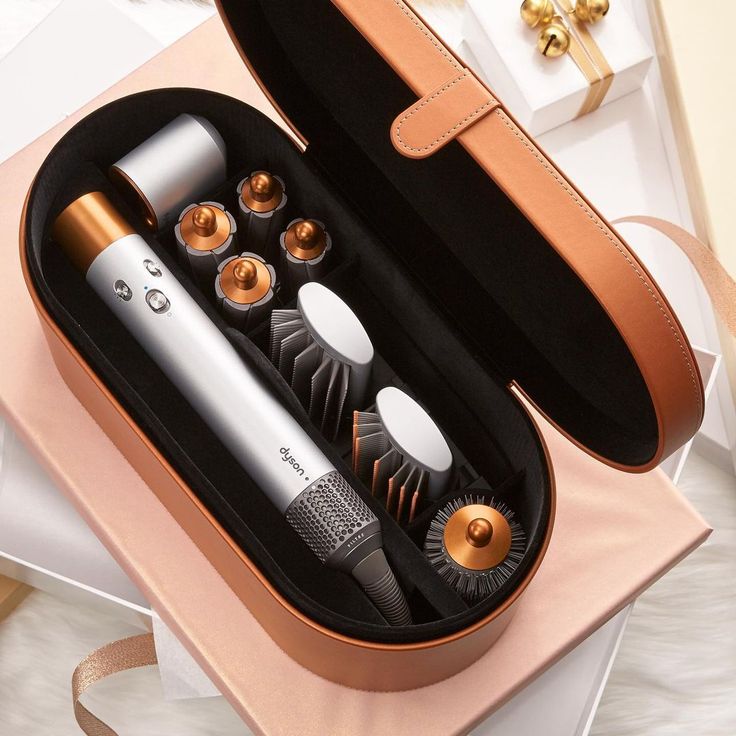
Lesson: Thousands of failures and dozens of rejections are part of a testament to relentless perseverance.
Stanley
This classic outdoors drinkware brand lay quietly in its niche for 110 years. In late 2023, a TikTok video of someone’s Stanley Quencher surviving a car fire suddenly went viral. The hashtag #StanleyCup then racked up billions of views, and Stanley’s sales exploded (from ~$75M in 2019 to roughly $750M in 2023). In short, a century-old bottle became a must-have and is now a Gen Z status symbol.
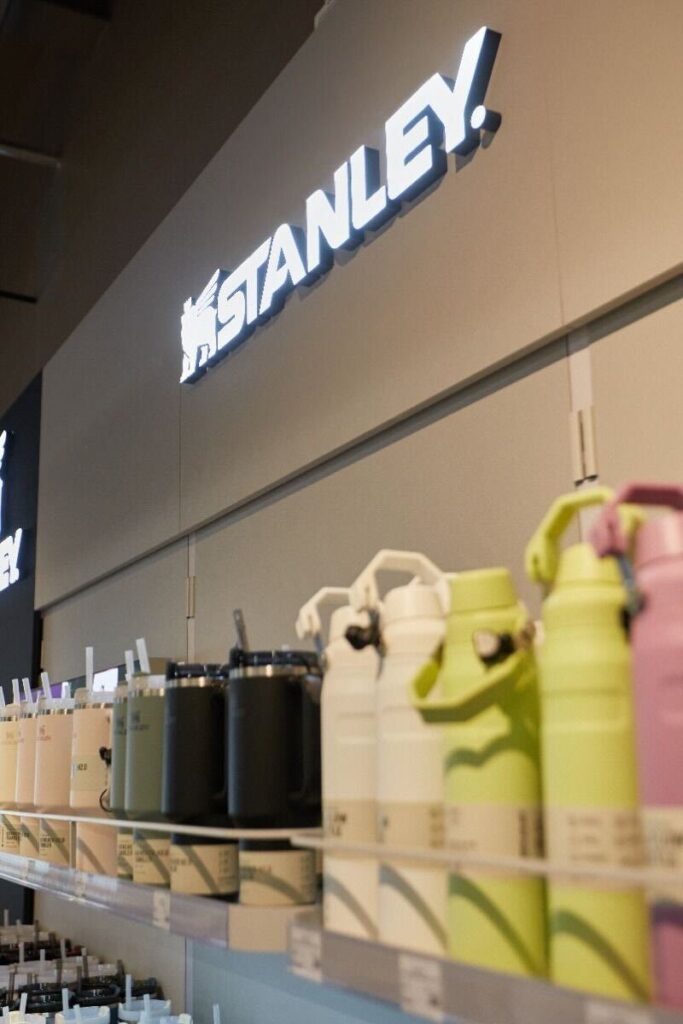
Lesson: Sometimes it takes longer… because the plan is bigger.
Rhode (Hailey Bieber)
Hailey Bieber’s skincare line Rhode debuted DTC in June 2022 with just 3 products. At first, traditional retailers like Sephora weren’t interested. Rhode built buzz with viral campaigns (“glazed doughnut skin” and influencer partnerships) and quickly outgrew its humble launch. By 2024 the brand had earned about $248 million in social-media-driven publicity. Its momentum finally landed Rhode on Sephora shelves in late 2025. Hailey Bieber sold her make-up brand to e.l.f. Beauty in a deal worth up to $1bn. This proves that direct-to-consumer viral success can force even the biggest retailers to take notice.

Lesson: Go direct. Go viral. Get the bag.
Main lesson: You only lose when you stop trying.
So… What Did They All Get Right?
- They obsessed over execution. They didn’t just dream – they delivered and they were persistent. 5,000+ failures (Dyson). Daily uploads with zero views (Emma, Alix). Consistency created momentum. Success wasn’t made over night.
- They listened, then led. Creators like Jackie Aina, Rihanna, Kim Kardashian used audience pain points (lack of inclusion) as a blueprint. They turned underserved needs into billion-dollar markets.
- They launched with emotion, not just marketing. MrBeast built emotional resonance through generosity. Stanley hit virality through relatability. People don’t just buy – they feel.
- They weren’t afraid to pivot or stay niche. Emma stopped trying to be “youtube-perfect.” Glossier focused on community before scale. Rhode leaned into DTC before retail.
- Obsessive Consistency – Daily or weekly uploads (MrBeast, Emma, Charli) kept the algorithm in their favor even when views were low.
- Authenticity as currency: Raw content > polished personas.
- Community before virality: Emma, Glossier, Gymshark built fan-first.
These stories are your blueprint. Every “no” sharpened their vision. Every rejection was redirection. If you’re facing silence, pushback, or failure right now – congrats. You’re exactly where every success story began.
And If You’re Building Right Now…
If you’re grinding with 30 followers, still sewing samples at home, or pitching yet another investor who just doesn’t get it – you’re not behind. You’re just in your before story.
At JoinBrands, we believe in the ones who don’t give. The ones who build before they’re big.
We built this platform for creators and brands who are done waiting for a yes — and ready to create their own.
Here’s what we actually do:
→ We connect creators with brand deals that pay.
→ We help brands find creators who actually fit their niche.
→ We give you tools to grow faster, pitch smarter, and stand out.
Even if the world hasn’t caught on yet – we see you.
Because the truth is, you might be one more post away, one more pitch away, one more content piece away from the moment that changes everything.
Let us help you get there. Join JoinBrands.
